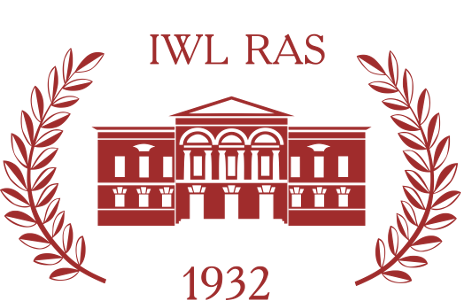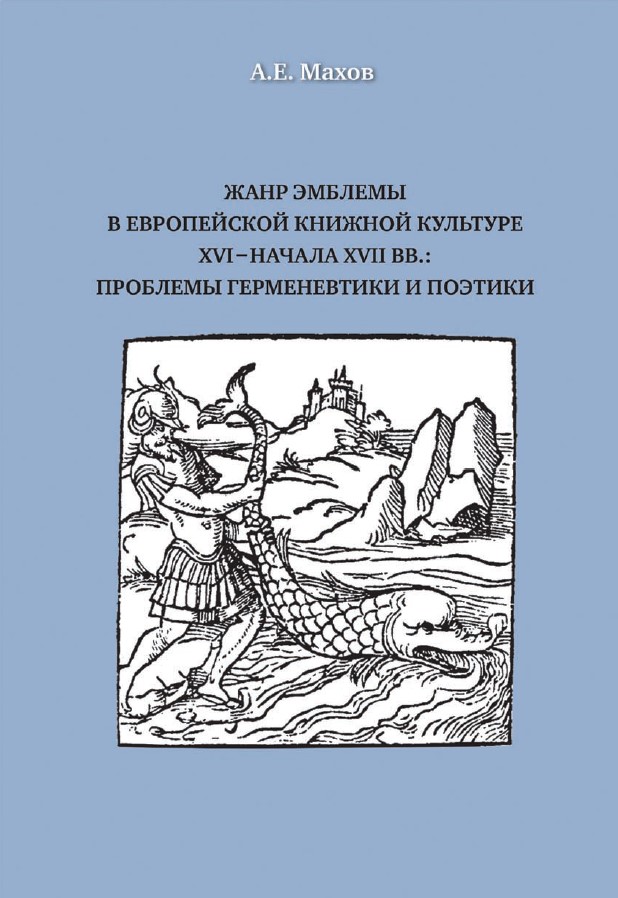Information about the author:
Alexander E. Makhov, DSc in Philology, Leading Research Fellow, A.M. Gorky Institute of World Literature of the Russian Academy of Sciences, Povarskaya 25 a, 121069 Moscow, Russia.
ORCID ID: https://orcid.org/0000-0002-1675-5542
E-mail:
Abstract:
The monography is devoted to the verbal-visual genre of the emblem book, which was created by Andrea Alchiato in 1531 and for two centuries enjoyed wide popularity in Europe, circulating in different thematic varieties (love, moral, natural, political, religious, poetological emblems, etc.). The emblems under investigation are taken from the books of Andrea Alciato, Barthélemy Aneau, Théodore de Bèze, Jacob Bruck, Otto Vaenius, Gilles Corrozet, Pierre Coustau, Guillaume de La Perrière, Nicolas Reusner, Gabriel Rollenhagen, Joannes Sambucus, Florentius Schoonhoven, Nicolaus Taurellus, Mathias Holtzwart, Julius Wilhelm Zincgref, Hadrianus Junius and others. The analysis reveals the dual nature of the emblem, which is at the same time a hermeneutic tool (a way of acquiring moral lessons hidden in nature) and an artistic form (aestheticized play with meanings and images). In the final chapter devoted to four emblematic “centuriae” of the Nuremberg physician and humanist Joachim Camerarius the book of emblems is viewed as a structural and semantic whole.



